Menu

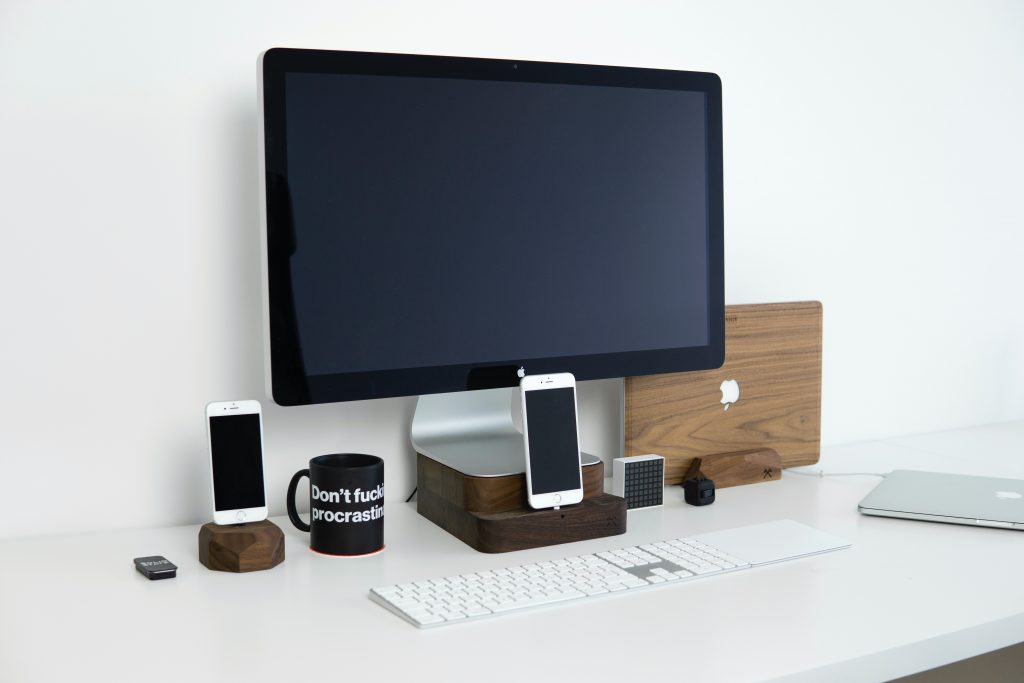
So, you’ve heard about the freelance lifestyle and want to try it out. You have your skills, you have your grit, and you have your niche. But wait! You don’t have a laptop! Does this mean you can’t be a freelancer anymore?
Well, not quite. A computer will make things easy for you at the start of your career. But did you know you could build a freelance career using your smartphone? Here are some examples of a niche you can work at and the tools you need to start freelancing on your phone.
Working on your smartphone isn’t suitable for all types of jobs. After all, some jobs, like being a general virtual assistant, require a computer to use. However, other niches only require output. It doesn’t matter what kind of device you use as long as you can create good work. Here are some examples of that:
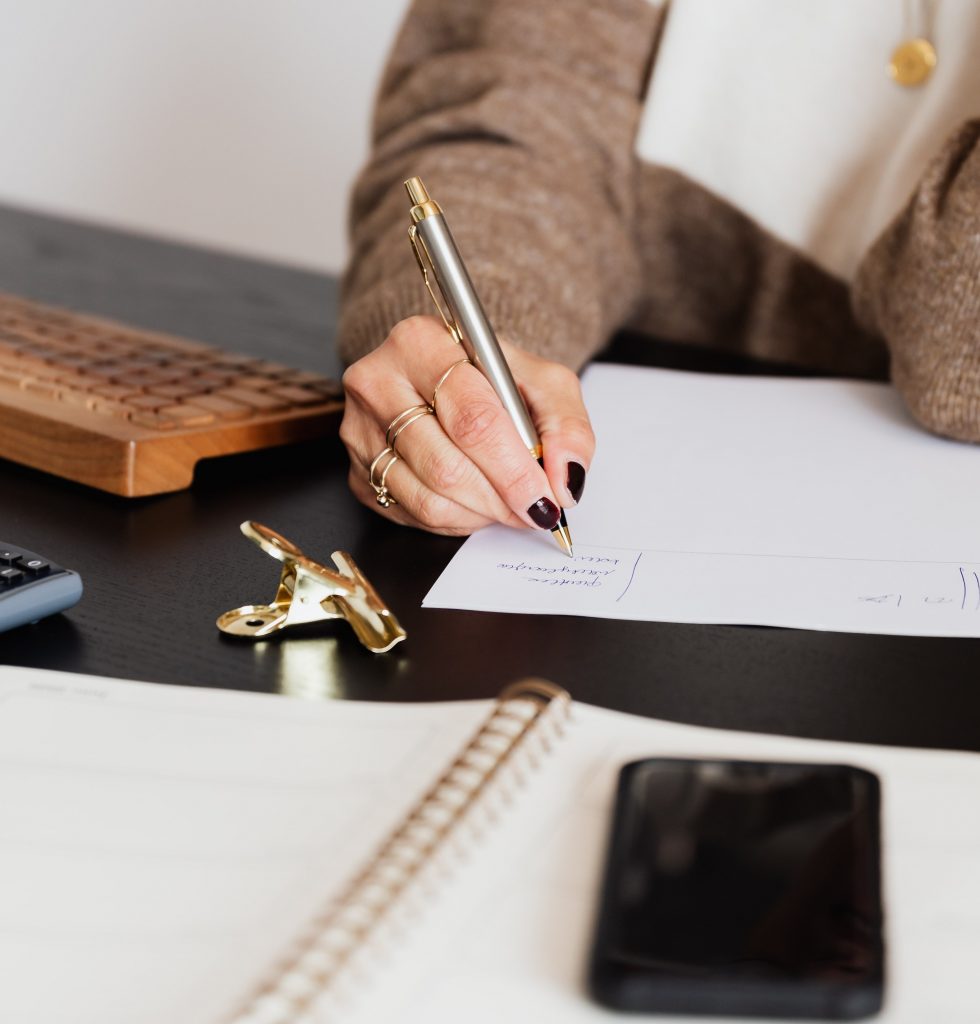
If you’re going to write---whether as a content writer, technical writer, copywriter, or even as a novel ghostwriter---the most important thing a client will demand from you is your output. It doesn’t matter whether you write on your computer, tablet, or smartphone. But as long as you can create content that your client will appreciate, you’re good.
Smartphones, whether you’re using an Android or an iOS device, have word processing apps. In fact, the two most commonly used word processors---Microsoft Word and Google Docs---are available for download both in the Apple App Store and on Google Play.
Just be prepared to squint a lot because of your phone’s small display and ready your thumbs for typing on the screen. There are also peripherals you can install on your phone to make working on it more manageable. We’ll get to that later.
In the past, when you’re a digital artist, you need to have a drawing tablet connected to your computer. But with advancements in mobile technology, you can now create art using a stylus on your phone.
This can be better seen on smartphones that have integrated pens, like the Samsung Note series. Or, if you have an iPad, you can use the Apple Pencil to create art with precision.
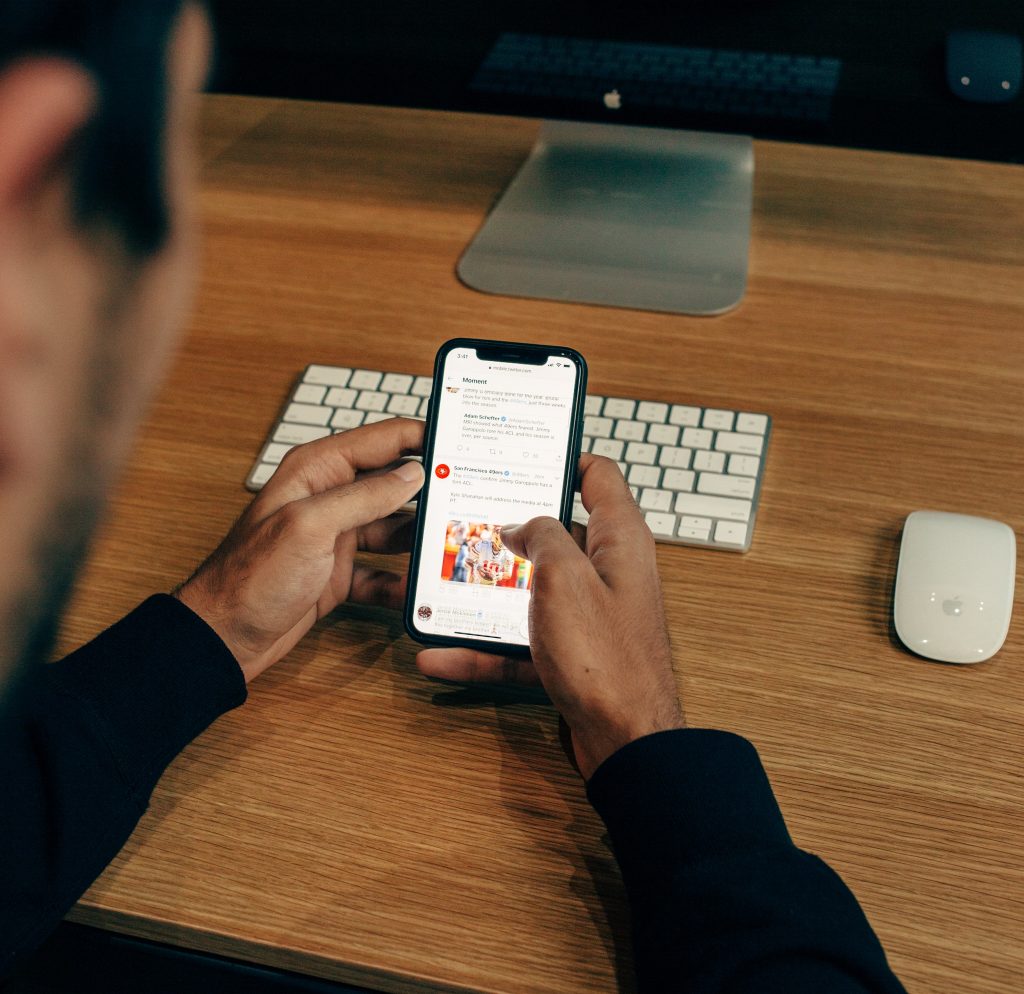
Although some functionalities are limited to computers, you can actually manage a social media account on your phone. Facebook, Instagram, Tiktok, Twitter, and other social media accounts are specifically designed to work on mobile phones. Furthermore, you can now create advanced graphics using apps like Canva or Photoshop.
Specialized apps, like Buffer, are also available in both the App Store and Play Store. That means you can create and schedule posts online on your mobile devices.
Some mobile devices are now as powerful, if not more powerful, than some entry-level PCs. If your chosen niche is output-based, you can even opt not to have a computer to get work done. As long as you don’t need specific apps or platforms, you can do a lot on your smartphone.
Of course, the one major limitation of a phone is its small display and hard-to-use on-screen keyboard. This is what you need to help you work better on your phone.
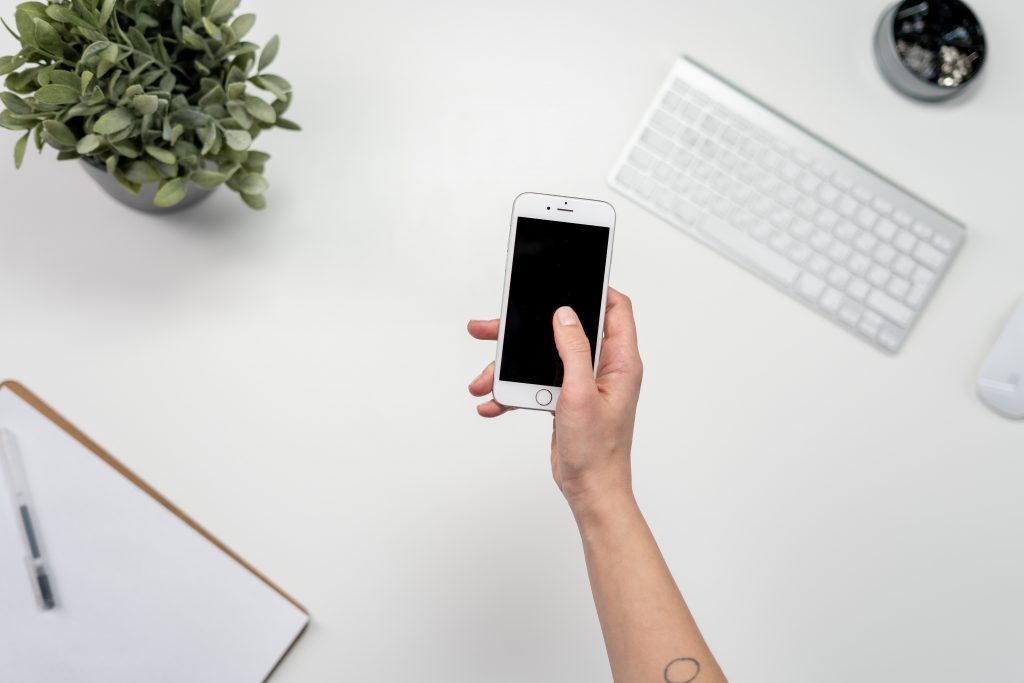
The main disadvantage of a phone against computers is that its screen is absolutely tiny. The smallest laptop dwarfs even the biggest phone. So how do you solve this?
It depends on the phone, but some models are capable of being docked. Samsung’s S-series, Note series, and even some of the newer A models can be docked. Some Huawei phones are also compatible with docking.
If you’re tech-savvy, you can even unlock desktop mode in some Android 10 phones. There has also been talk of software docking for the latest Android version, although that is yet to be seen.
The main advantage of a docking station is that you can plug standard peripherals into your phone using it. You can install a keyboard, mouse, even an HDMI monitor on it. You can then use your phone as a regular computer, except that you’re using an Android instead of a Windows or Mac OS.
If your phone happens to be incompatible with a dock, you can still use Bluetooth devices to help you work much faster. The wireless keyboard is a crucial peripheral if you need to type quickly and accurately on your smartphone. A wireless mouse is also essential if you’re moving your cursor a lot.
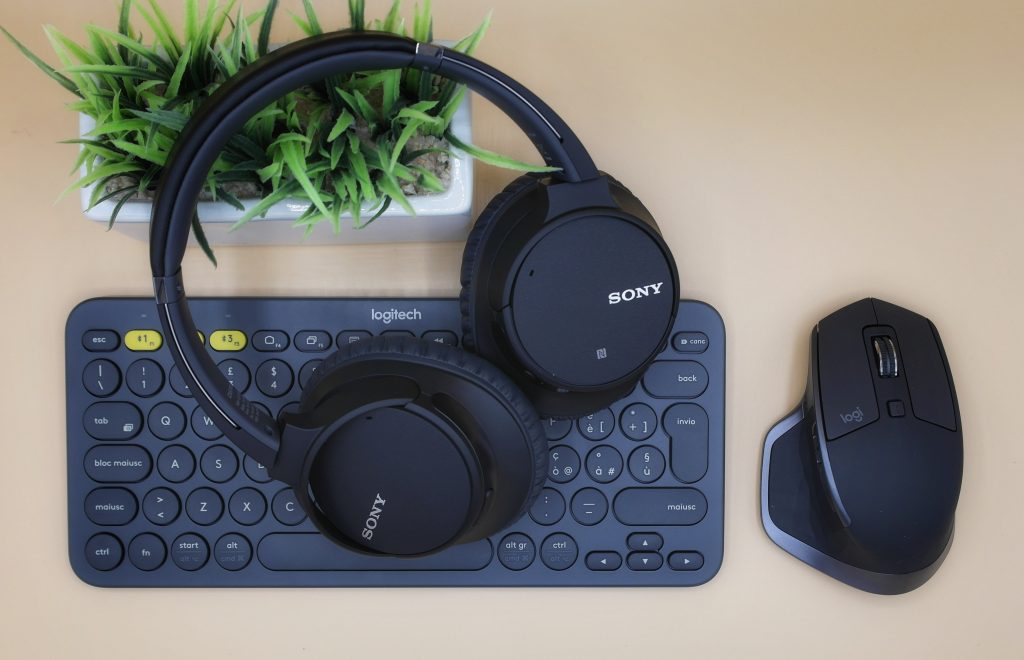
If you have a Smart TV or a Chromecast at home, you can use that to stream your phone’s screen into your TV. Pair that with a Bluetooth mouse and keyboard, and you have a lightweight computer running on a large screen.
As phones usually don’t have a large memory compared to computers, it would be best to install an external memory card. That way, you can also keep your work files separate from your phone’s files.
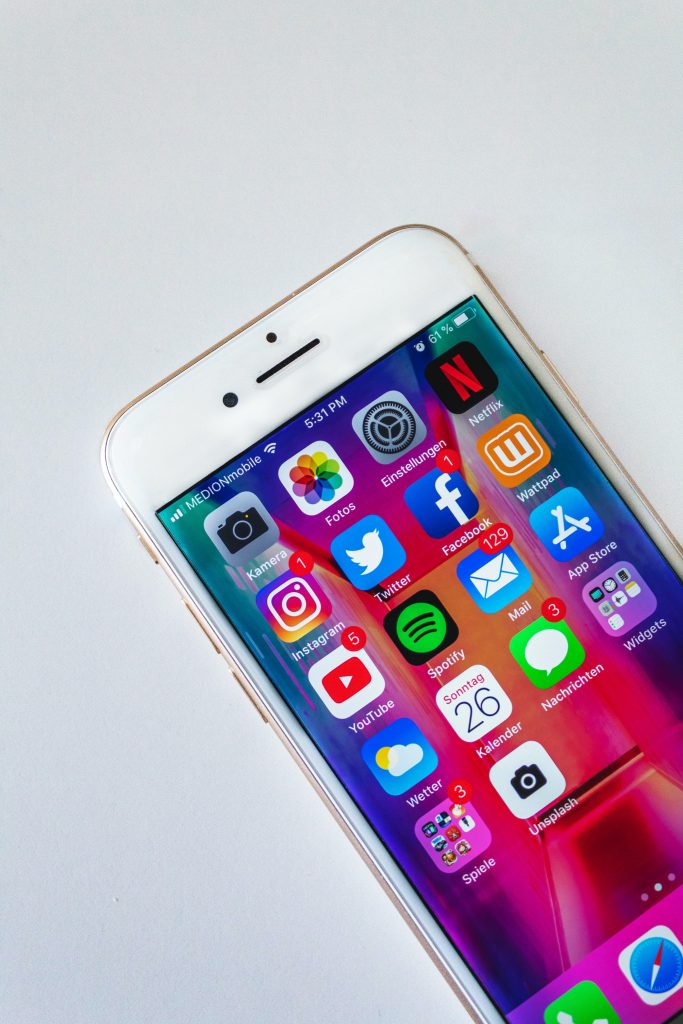
If you’re decided to pursue your freelance dream on your smartphone, here are some apps that you’d need to help you become successful.
Whatever email service you’re using, you should have its app on your phone. That way, you can easily access messages from potential clients on it.
These are the essential office apps that almost everyone uses. If you have a subscription to Microsoft 365, you can opt for these apps instead if you prefer their functionalities.
This is important if you need to share files. Google Drive can also help you keep your files organized and accessible almost anywhere.
If you’re going to look for clients on job boards, these apps are crucial. You can set up your profile, send applications, and land a job here---all on your smartphone.

Technological advancements have made smartphones powerful. As long as you have the right tools, the right know-how, and the grit, you could become a successful freelancer---all on your smartphone.
If you want to learn more about freelancing and this "work-from-anywhere" lifestyle, our FREE VA Bootcamp Courses may help you get started.